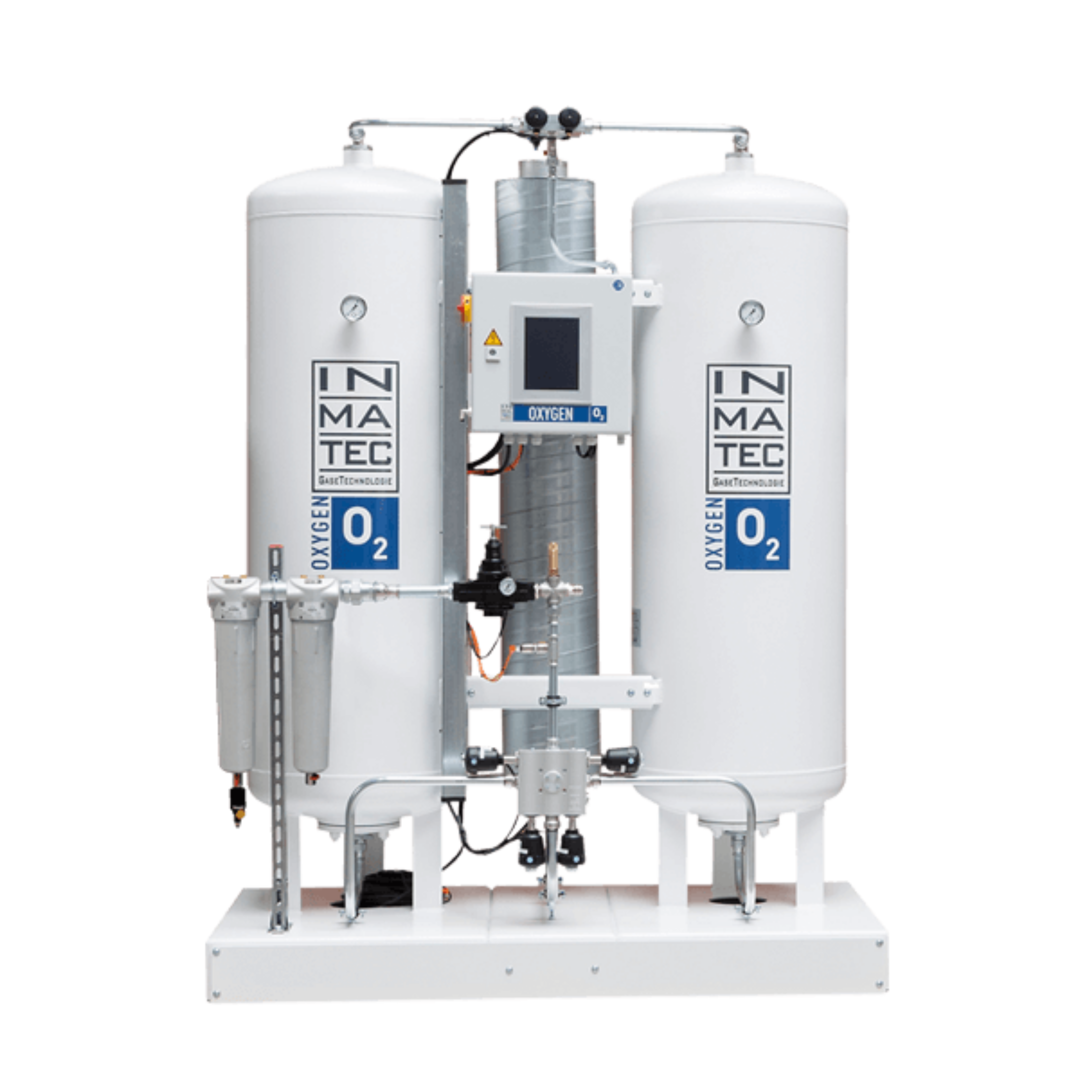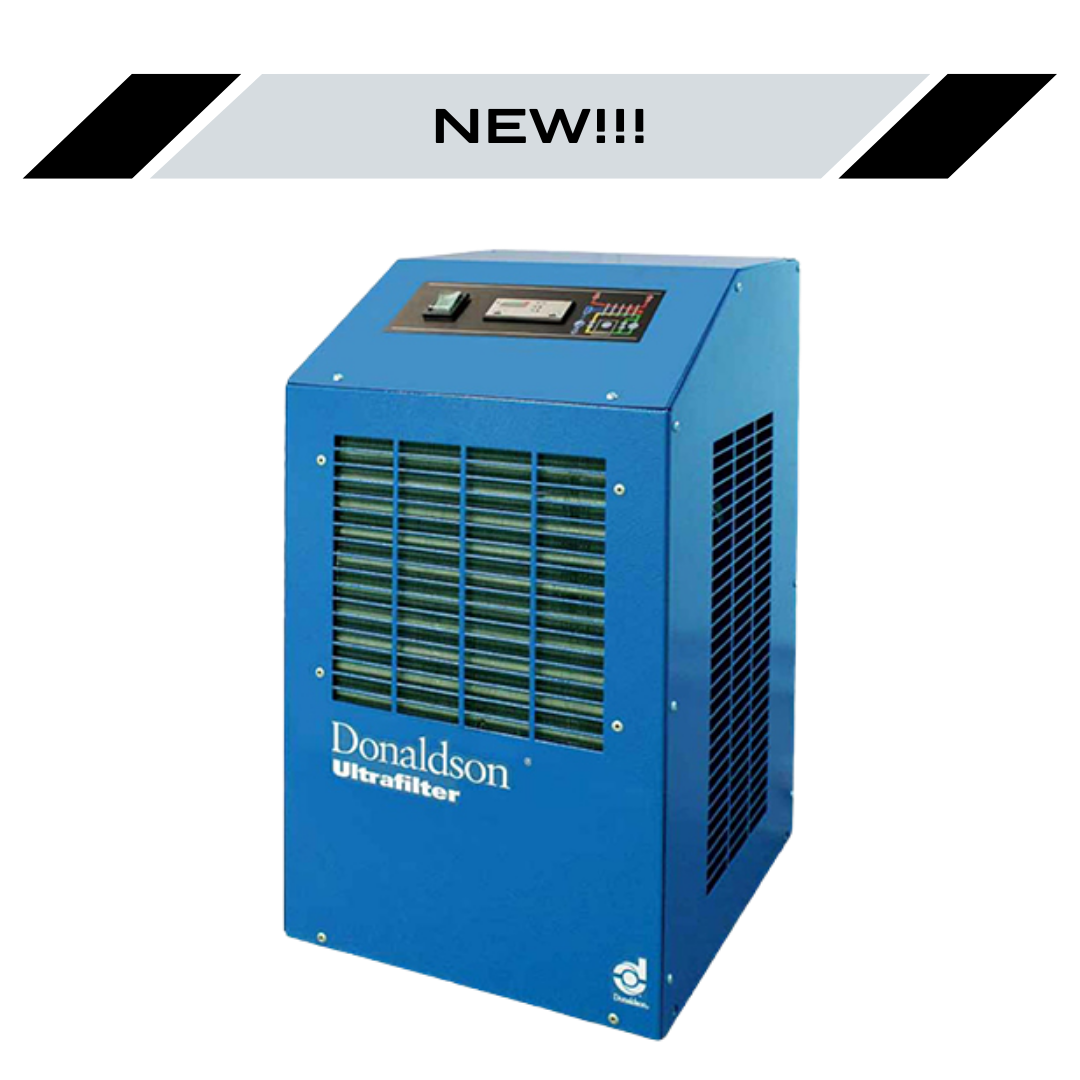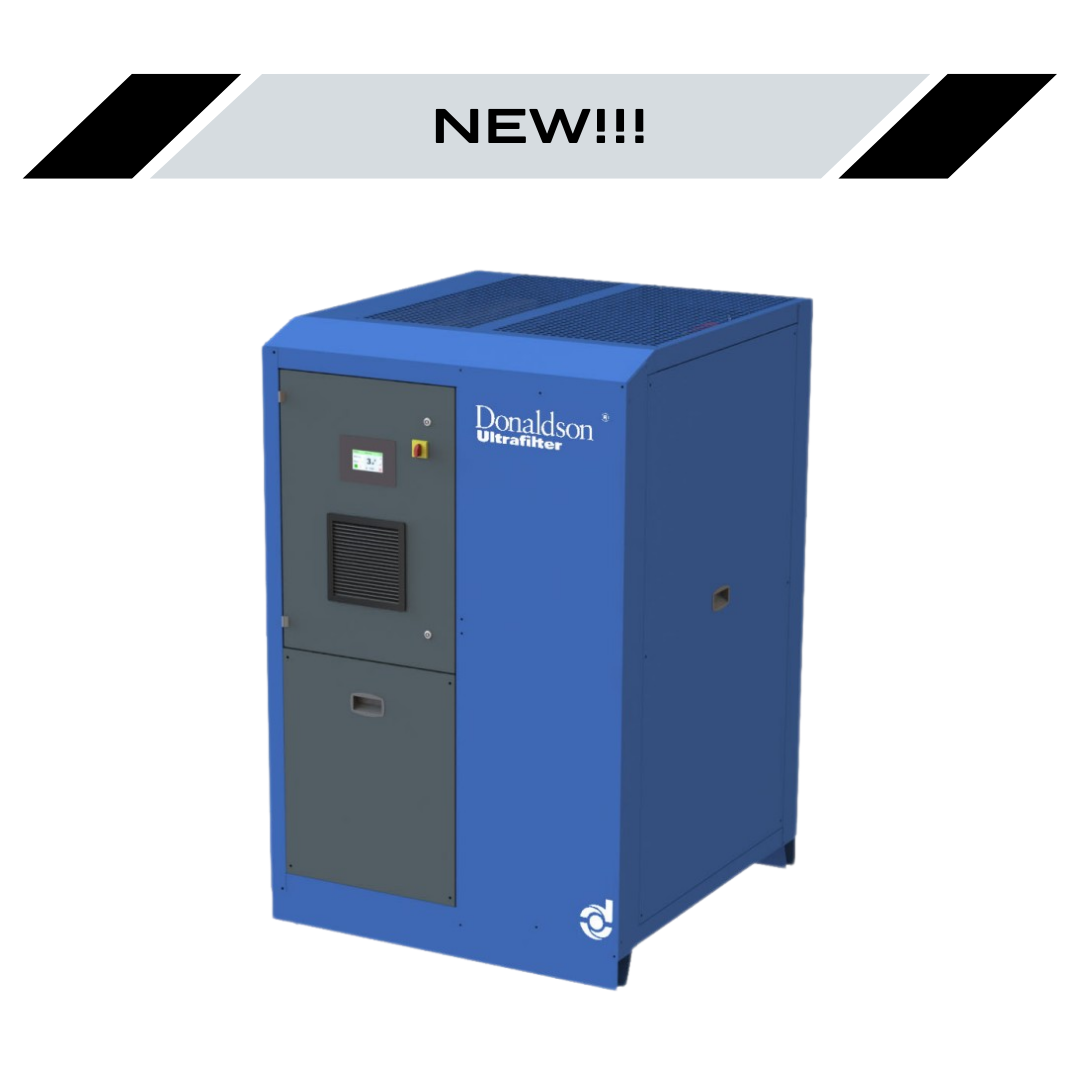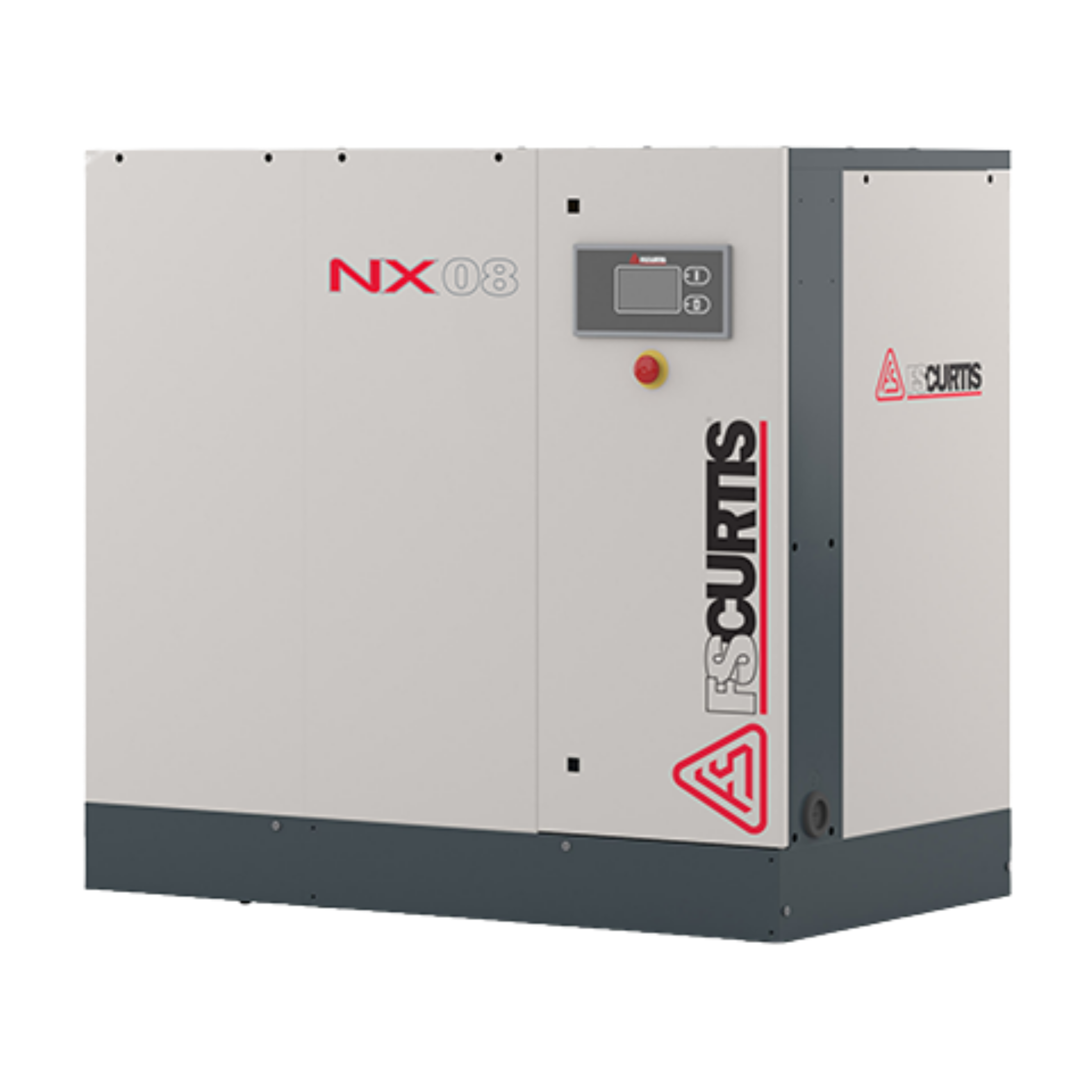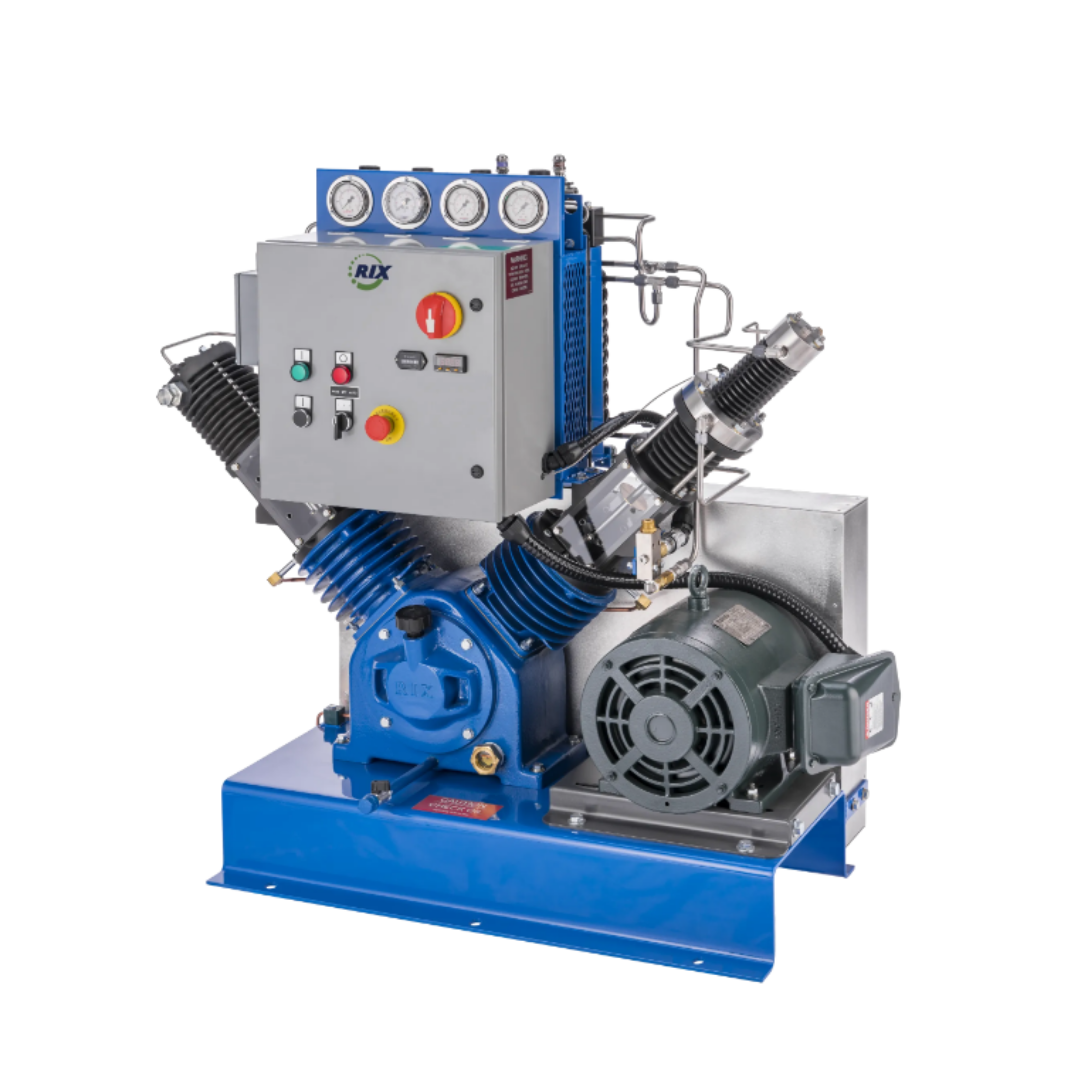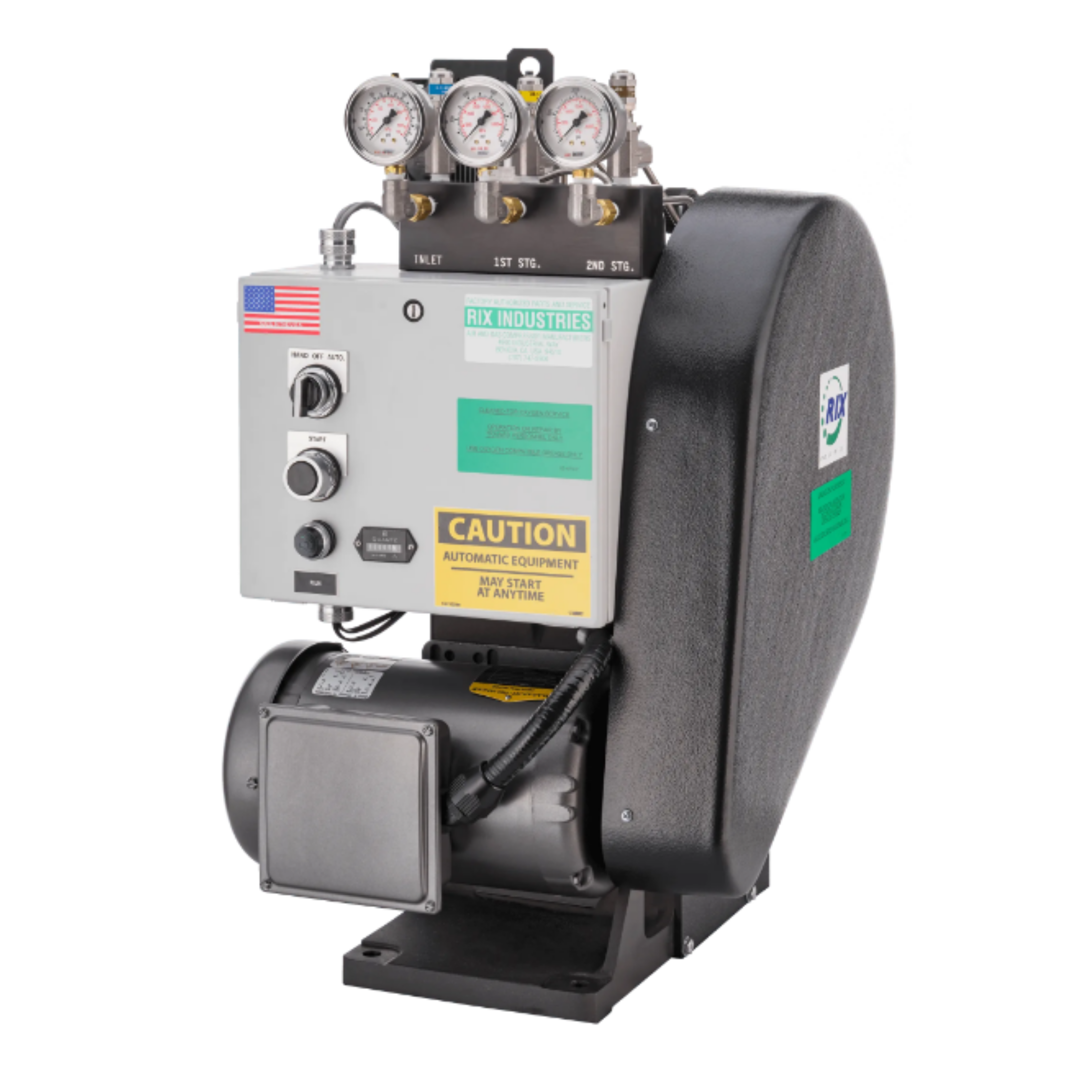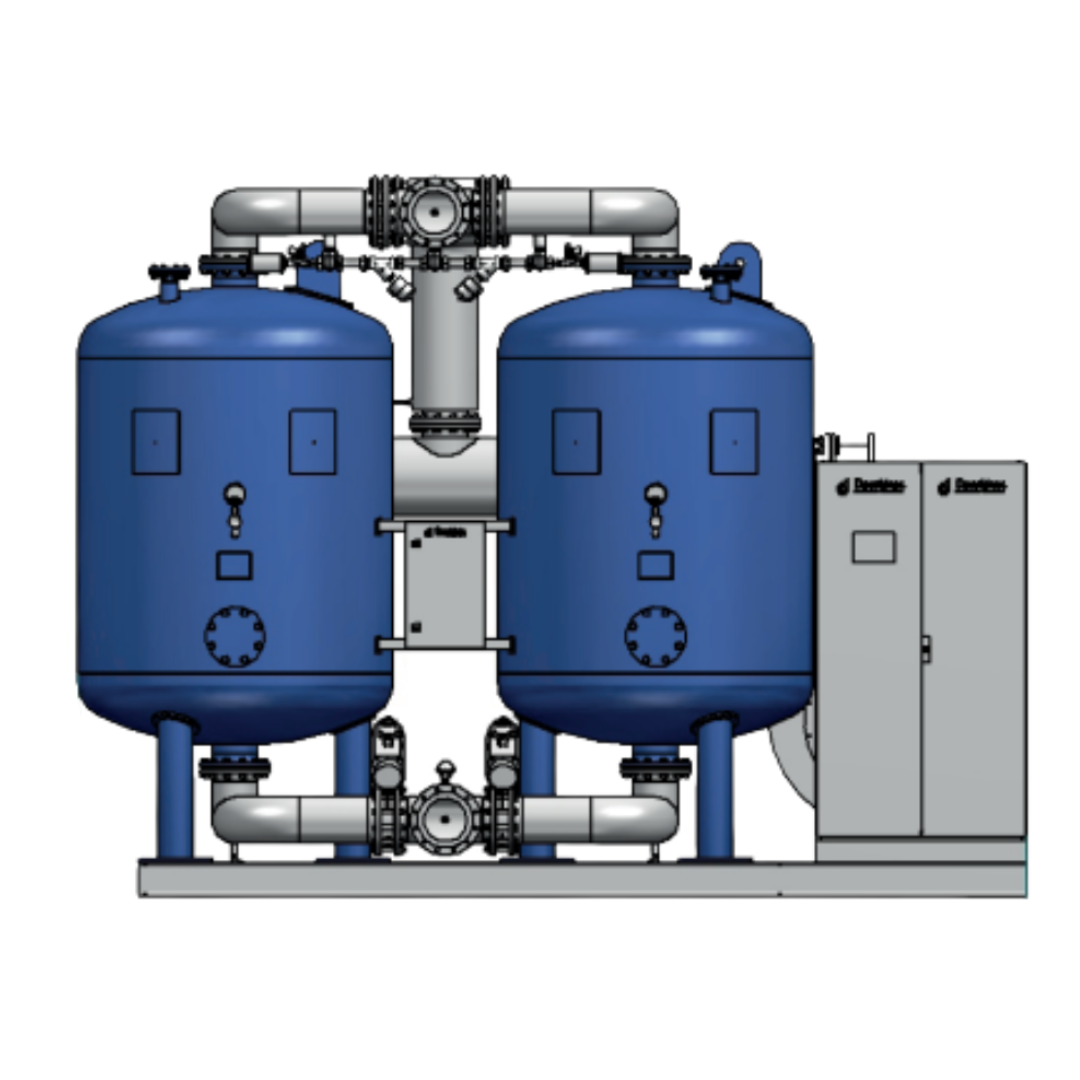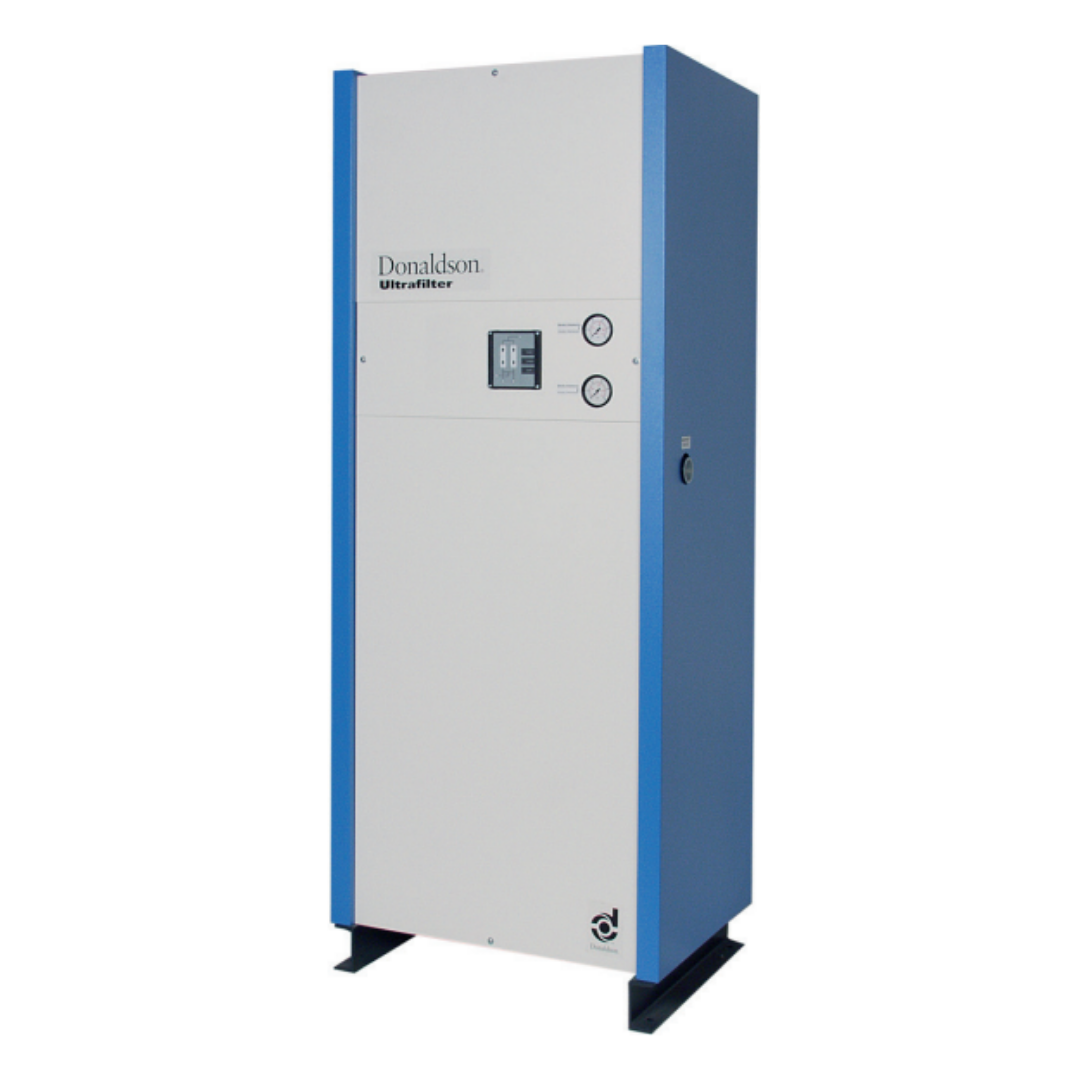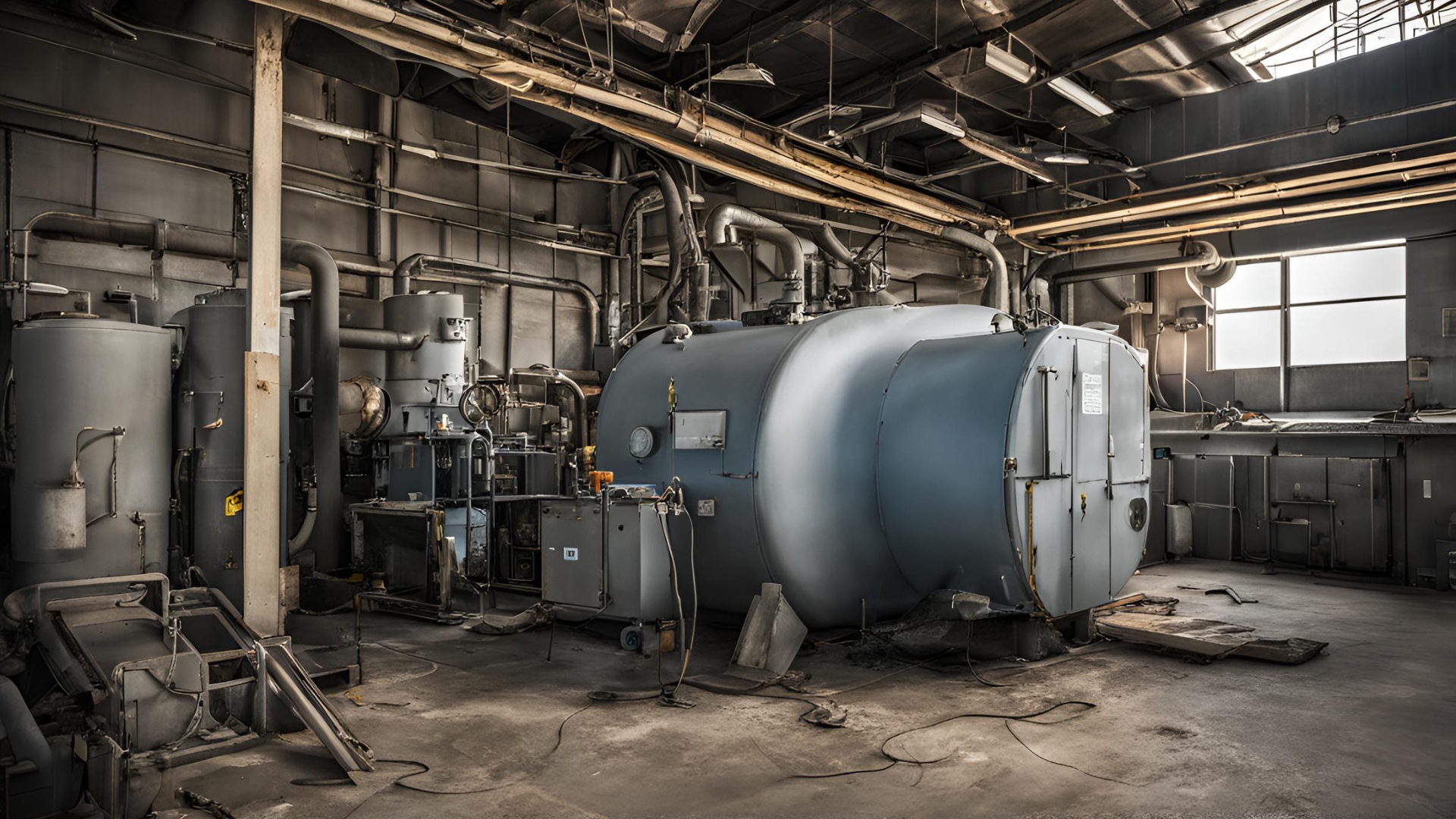
When an industrial dryer breaks down, it can really mess up the efficiency and economy of the production process. That's why it's important to know the parts of the dryer that are often the weak link. In today's industry, any delays from downtime can lead to big financial losses. So, it's crucial to figure out what's causing these problems so we can put in place effective preventative measures, especially in today's automated manufacturing world.
Bearing Degradation and its Impact on Mechanical Systems
Bearings are key to keeping things running smoothly. They support shaft movement in the system and help maintain operational stability. But when they wear out or don't get enough lubrication, things can get a bit messy. A study at PT Krakatau Steel showed that using the right lubricant can really bring down bearing temperatures. They used 186 grams of lubrication, and the temperature on the pulley side dropped from 54.9°C to 51°C, while the temperature on the fan side dropped from 86.86°C to 52.8°C.This shows how important it is to do regular maintenance, including taking preventive measures and using lubricants that meet the machine's technical specifications. Also, using lubricants with nano-particles is becoming popular because they can reduce friction up to 20% more than regular lubricants.
If you don't deal with worn out bearings quickly, they can mess up the whole transmission system. Too much pressure on the bearings can warp the rolling elements, which can cause the whole system to malfunction. It's best to use condition-based maintenance procedures to check the bearings' condition in real-time using vibration sensors or thermography.
Conveyor Belt Failure Due to Overload
Conveyor belts are often damaged because they're used to transport materials in the dryer. When a belt wears out or breaks, it stops the production line from running smoothly. This can also cause other problems in the system. Belt wear is often caused by things like mechanical misalignment, material overload, or the belt being too old. So, when it comes to risk management, it's super important to inspect and replace belts regularly to avoid any issues. Plus, keeping belts clean of any rough particles can help them last longer.
In heavy industry, kevlar—based belts are becoming more popular because they can handle a lot more mechanical stress and extreme temperatures. So, even though you'll spend more upfront, you can cut down on how often you have to replace them by up to 40%. And they're using smart conveyor technology with load sensors to spot imbalances or potential damage early on.
Heater Malfunction as Main Heat Source
The heater in an industrial dryer is what provides the heat for the drying process, so when it malfunctions, whether because of dirt accumulation, a damaged heating element, or a short circuit, it can mess with the process's efficiency. Heater malfunctions are usually shown by a drop in operating temperature that doesn't match the design parameters, so regular cleaning and inspection of the heating element is necessary. If you see any damage, like chipped or burnt wires, you've got to replace them right away. That'll get the system working like it's supposed to.
As tech advances, infrared and microwave heaters are slowly replacing regular heaters in some industrial settings. These heaters are more energy efficient and can spread heat more evenly, which speeds up the drying process. In the long run, investing in modern heater tech can lead to a good return on investment through energy savings and increased productivity.
Drive Motor Overloading
The drive motor is often damaged because of overloading or changes in electrical power. You might hear unusual sounds, feel excessive vibration, or smell burning rubber if the motor is overheating. If you don't regularly check the motor, like by lubricating it, and make sure the electrical connections are safe, it might fail sooner. To prevent further damage, it's essential to use motors that are the right size for the workload and electrical systems that meet safety standards.
Inverter-based motor technology is a popular solution to overloading problems these days. Inverters can control the motor's rotation speed, so they can prevent overloading that could potentially damage the system. They can also use an Internet of Things (IoT)-based monitoring system to monitor motor performance in real-time and provide early warnings when anomalies are detected.
Leakage in the Hydraulic System
Hydraulic systems are often the main support in the operation of a dryer, but they're prone to leaks in the pipes or connections. These leaks can cause pressure drops that have a direct impact on dryer performance, and they also increase occupational safety risks if the leaking fluid is toxic or flammable. It's highly recommended to proactively monitor hydraulic system pressure and visually inspect seals and fittings. And if you do find a leak, it's best to replace the damaged parts right away to keep things running smoothly.
Some companies are using bio-based hydraulic fluids to make hydraulic systems more durable. These fluids are better for the environment and more effective at lubricating parts. They reduce the risk of pollution and make components last longer because they're more stable when it comes to extreme temperature changes.
Electrical Panel Damage from Voltage Surges
The electrical panel is the control center of the dryer, and it's very vulnerable to damage from voltage surges or humidity. Short circuits and burnt components are often the first signs of panel damage. Studies in industry have shown that using stabilizers and surge protectors can reduce the risk of damage due to power fluctuations. It's also important to keep the panel clean and make sure no moisture gets in. And keeping an eye on the indicators on the panel can help spot potential problems before they turn into a big mess.
Digital-based electrical panel technology has some extra perks. For example, it can automatically spot problems and send diagnostic reports right to the main system. This means malfunctions can be found faster, cutting down on wasted time.
Net Conveyor Malfunction Due to High Temperature Exposure
The net conveyor is a key part of the drying process, since it's where the material moves during the cycle. Damage to conveyor nets is often caused by too much heat or constant stress from the machines. Small tears or deformations in the net section are some of the first signs of damage. To reduce the negative impact, it's important to choose a net conveyor that's right for the material being processed. Replacing the net conveyor before the damage gets really bad can save money and time.
Heat-resistant metal conveyor nets are perfect for extreme temperature environments. They're also coated to prevent rust, which makes them last longer, especially in industries with aggressive chemicals. And there's a new innovation: thermal camera-based automatic damage detection systems. These systems check the condition of net conveyors without shutting down operations.
When you take a look at the ins and outs of an industrial dryer, you start to see just how complex the whole system is. To keep things running smoothly, you've really got to know your stuff when it comes to the key components and how they work. That's why data-driven maintenance strategies and regular inspections are so important — they help keep breakdowns at bay. And when things get really tricky, it might be a good idea to chat with a mechanical engineering specialist. They can often come up with the best solutions to keep things running smoothly.
